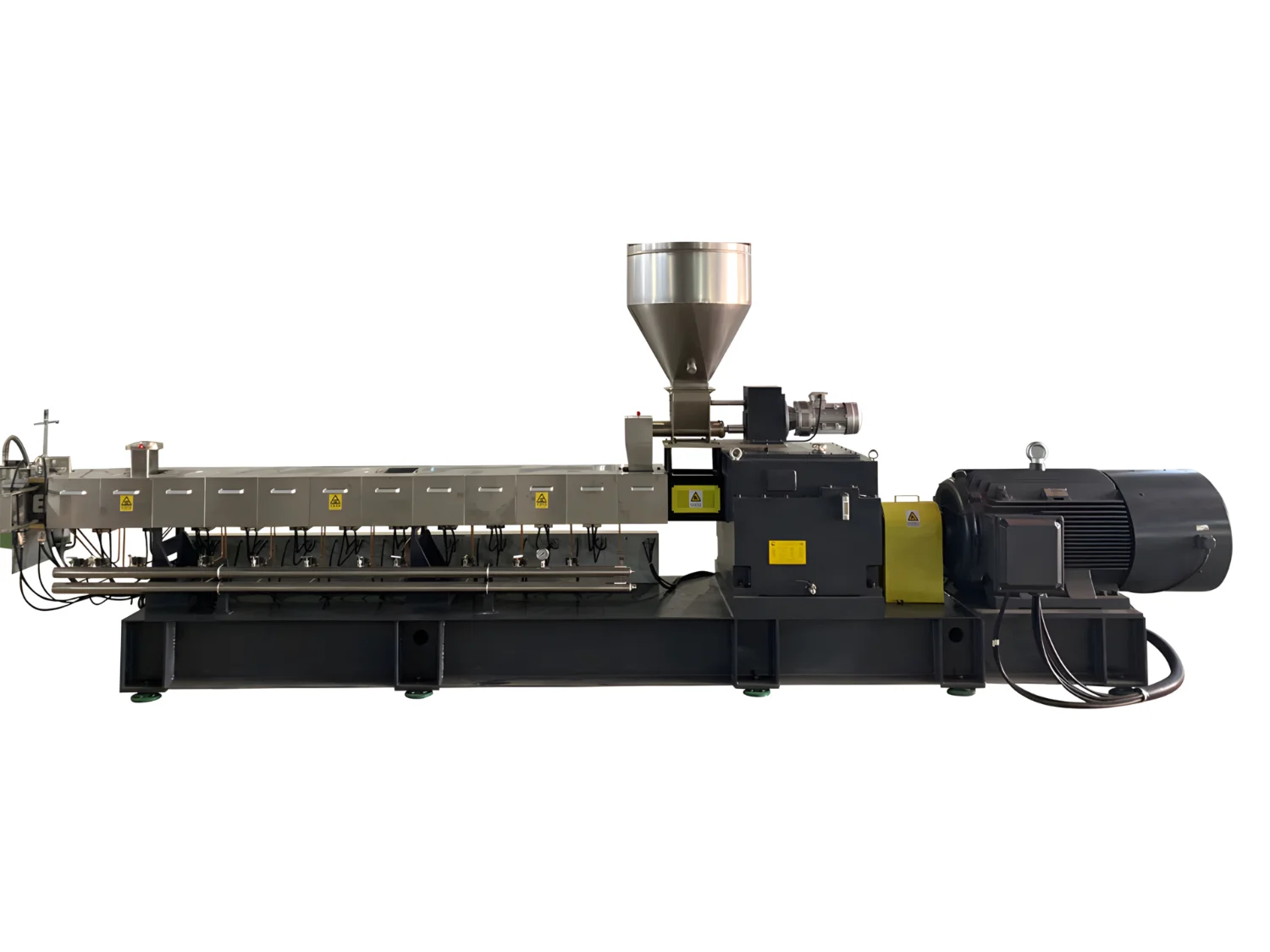In today’s world, where plastic waste is a growing concern, recycling has become more crucial than ever. One of the key components in the plastic recycling process is the granulator, a machine that breaks down plastic waste into smaller, more manageable pieces called granules. These granules can then be reused to create new plastic products, reducing the need for virgin plastic and minimizing the environmental impact of plastic waste.
However, not all plastic granulators are created equal. There are various types of granulators designed to handle different kinds of plastic waste and cater to specific recycling needs. In this article, we’ll explore the different types of plastic granulators and help you determine which one suits your recycling needs best.
Содержание
- 1 What is a Plastic Granulator?
- 2 Types of Plastic Granulators
- 3 Factors to Consider When Choosing a Plastic Granulator
- 4 Заключение
- 5 Frequently Asked Questions (FAQs)
What is a Plastic Granulator?
Before we dive into the different types of пластиковые грануляторы, let’s first understand what a granulator is and how it works. A plastic granulator is a machine that breaks down plastic waste into small, uniform pieces called granules. The process involves feeding plastic waste into the granulator’s hopper, where it is then shredded by a series of rotating blades.
The shredded plastic then passes through a screen, which determines the size of the granules. The granules are collected in a bin or container, ready to be reused in the production of new plastic products.
Types of Plastic Granulators
There are several types of plastic granulators available in the market, each designed to handle specific kinds of plastic waste and recycling needs. Let’s take a closer look at some of the most common types:
1. Beside-the-Press Granulators
Beside-the-press granulators, also known as BTP granulators, are designed to work alongside injection molding machines. These granulators are compact and can be easily integrated into the production line, allowing for immediate recycling of plastic waste generated during the injection molding process.
Advantages of Beside-the-Press Granulators
- Space-saving design
- Efficient recycling of plastic waste
- Reduced material handling and transportation costs
2. Central Granulators
Central granulators are larger machines designed to handle plastic waste from multiple sources, such as injection molding machines, blow molding machines, and extrusion lines. These granulators are typically located in a central area within the production facility and can process large volumes of plastic waste.
Advantages of Central Granulators
- High-volume processing capacity
- Ability to handle plastic waste from various sources
- Centralized recycling solution
3. Slow-Speed Granulators
Slow-speed granulators, also known as low-speed granulators, are designed to handle tough and thick-walled plastic waste, such as large injection molded parts, blow-molded containers, and thick sheets. These granulators feature a low-speed, high-torque cutting system that minimizes dust generation and heat buildup during the granulation process.
Advantages of Slow-Speed Granulators
- Ability to handle tough and thick-walled plastic waste
- Reduced dust generation and heat buildup
- Quieter operation compared to high-speed granulators
4. High-Speed Granulators
High-speed granulators are designed for processing thin-walled, soft, and brittle plastic waste, such as films, fibers, and small injection molded parts. These granulators feature a high-speed cutting system that allows for efficient and rapid granulation of plastic waste.
Advantages of High-Speed Granulators
- Efficient processing of thin-walled and soft plastic waste
- High throughput rates
- Compact design for easy integration into production lines
5. Screenless Granulators
Screenless granulators, also known as “grinder-less” granulators, are designed to process plastic waste without the use of screens. Instead, these granulators use a cutting system that produces granules of a consistent size, eliminating the need for size classification through screens.
Advantages of Screenless Granulators
- Consistent granule size without the use of screens
- Reduced maintenance and downtime associated with screen changes
- Ability to handle a wide range of plastic materials
Factors to Consider When Choosing a Plastic Granulator
When selecting a пластиковый гранулятор for your recycling needs, there are several factors to consider:
- Type and volume of plastic waste: Consider the type of plastic waste you’ll be processing and the volume of waste generated. This will help you determine the appropriate size and type of granulator for your needs.
- Space constraints: Take into account the available space in your production facility and choose a granulator that fits within those constraints.
- Noise levels: Some granulators, particularly high-speed models, can be quite noisy. Consider the noise levels and whether they are acceptable for your work environment.
- Maintenance and servicing: Evaluate the maintenance and servicing requirements of the granulator, including the ease of accessing and replacing wear parts, such as blades and screens.
- Energy efficiency: Look for granulators with energy-efficient motors and features that minimize power consumption, as this can help reduce operating costs over time.
Заключение
Plastic granulators play a crucial role in the переработка пластика process, enabling the efficient processing of plastic waste into reusable granules. By understanding the different types of plastic granulators available and considering factors such as the type and volume of plastic waste, space constraints, noise levels, maintenance requirements, and energy efficiency, you can select the granulator that best suits your recycling needs.
Investing in the right plastic granulator not only helps streamline your recycling process but also contributes to the global effort to reduce plastic waste and promote a more sustainable future.
Frequently Asked Questions (FAQs)
- Q: Can plastic granulators handle mixed plastic waste?
A: Some plastic granulators are designed to handle mixed plastic waste, while others are better suited for processing specific types of plastic. It’s essential to choose a granulator that is compatible with the types of plastic waste you’ll be processing. - Q: How often do the blades and screens of a plastic granulator need to be replaced?
A: The frequency of blade and screen replacement depends on factors such as the type and volume of plastic waste being processed, as well as the quality of the blades and screens. On average, blades may need to be replaced every 300-500 hours of operation, while screens may last 1,000-2,000 hours. - Q: Can plastic granulators be used to process other materials besides plastic?
A: Plastic granulators are specifically designed to process plastic waste. While some models may be capable of handling other materials, such as wood or aluminum, it’s generally not recommended, as it can lead to increased wear and tear on the machine and may produce inconsistent granule sizes. - Q: How do I determine the appropriate size of a plastic granulator for my recycling needs?
A: The size of the plastic granulator you need depends on the volume of plastic waste you’ll be processing and the available space in your production facility. Consult with a granulator manufacturer or supplier to help determine the appropriate size based on your specific requirements. - Q: What safety features should I look for in a plastic granulator?
A: Important safety features to look for in a plastic granulator include emergency stop buttons, safety interlocks on access doors, and noise reduction measures. Additionally, proper training and the use of personal protective equipment (PPE) are essential for the safe operation of plastic granulators.




